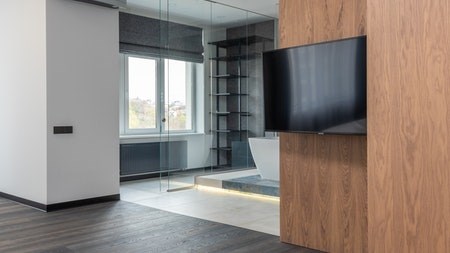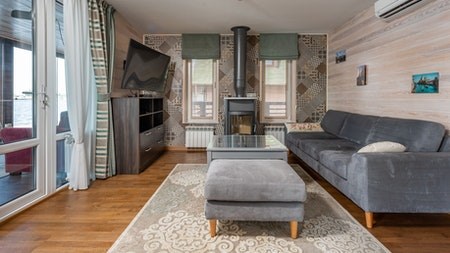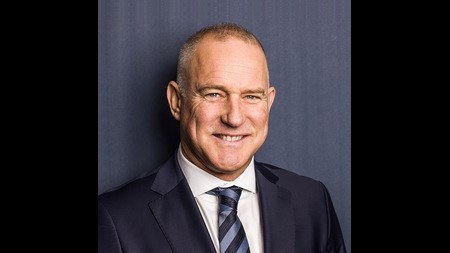Property ownership is a rewarding financial investment worth considering. While the prices of properties can sometimes remain static, the value of real estate is constantly increasing, especially if the property is well maintained. The state of the property and the neighbourhood are often key contributors to the price and value of the property. For prospective homebuyers eyeing a move into acclaimed neighbourhoods with property prices beyond their means, buying a fixer upper is an option. This is because the price of a fixer upper is normally lower contrary to the prices of other homes in upmarket neighbourhoods.
What is a fixer upper?
Fixer upper refers to a home which has been let to deteriorate below neighbourhood standards. The extent of the deterioration may differ and the causes may also be very different. For some, this may involve aesthetic issues such as décor elements, lighting and walls which haven’t been repainted in ages. For other properties, the deterioration can be major structural issues which can be expensive to deal with. The state of deterioration can be attributed to how the property was initially constructed and what type of maintenance measures were put in place.
Types of property deterioration?
Physical
Physical deterioration occurs when a property wears out physically due to natural factors such as water, wind, extreme temperatures or earthquakes. Property can also physically wear out due to vandalism, neglect, fire, etc.
Curable and incurable
Curable refers to the cost implications and value of the property after rehabilitation. If the value is more or equal to the cost of repairing, then this qualifies as curable deterioration. On the other hand, incurable deterioration simply means the return on rehabilitation expenses and value of the property is not financially viable.
Functional obsolescence
A fully functional home must have certain key features such as windows, doors, floor, ceiling, etc. The absence or the presence of a particular feature can result in the increase or reduction of value. For example, cement floor as opposed to a tiled floor can reduce the value of the property just like a home with fully functional and modern features can enjoy increased value.
External obsolescence
Apart from the internal features of a property, the value of a home can be affected by external factors such as new governmental policy, change in traffic, environmental limitations, increased crime in the area, etc.
Things to look out for before buying
1. Foundation issues - A buildings foundation should be top of the list when inspecting and considering factors. Foundation issues can range from smaller settlement cracks to damaged support footings. You can also extend your checklist to other parts of the wall and look out for interior and exterior wall cracks, doors that won’t latch, uneven floors and windows that won’t open.
2. Roof - The safety and comfort of any home heavily relies on a good and well-maintained roof. The state of the roof will therefore come down to maintenance records, installation quality and roof grade. When inspecting the condition of the roof, you must look out for missing shingles, bowing gutters, leaks or moisture in your attic or top floor.
3. Hazardous and toxic materials and gases - Take time to check for visible and invisible hazards. Visible hazards refer to things like lead paint which can potentially cause life-threatening illness in children and adults. You can also look out for the presence of radon gas which can cause lung cancer. Radon gas comes from the natural breakdown of uranium in the soil surrounding the foundation of your home. The presence of carbon monoxide can be caused by leaking gas from a stove, dryer, oven or HVAC system. You need to know that any signs of these hazards will force you to seek the services of professional cleaning and fumigation service providers which doesn’t come cheap.
4. Electrical - Faulty electrical connections can cost a lot to fix and in worst case scenarios result into fires and a burnt home. A certified electrical and buildings inspector can assist you with inspecting the property’s electrical wiring. As you do the inspection, pay attention to 2-prong outlets, frequent power outages, flickering or dim lighting, loose connections, plugs, sockets, etc.
5. Plumbing- The water and sewerage system of the property must be taken seriously. Not only does it cost money to repair broken systems but it borders on health and general wellbeing. As you check, keep your eyes on any possible low water pressure, slow water drainage in sinks, bath tubs and showers, and leaks beneath and around all faucets.
As you make your purchasing decision, you need to bear in mind that South Africa has a strong legal framework which provides clear guidelines for building constructions and renovations in areas of jurisdiction of local authorities. So you should take time to check what local bylaws say on home improvements and renovations you wish to undertake after you buy.
Over and above, a detailed property evaluation will enable you to see if you will reap any return on investment after renovating a fixer upper.




